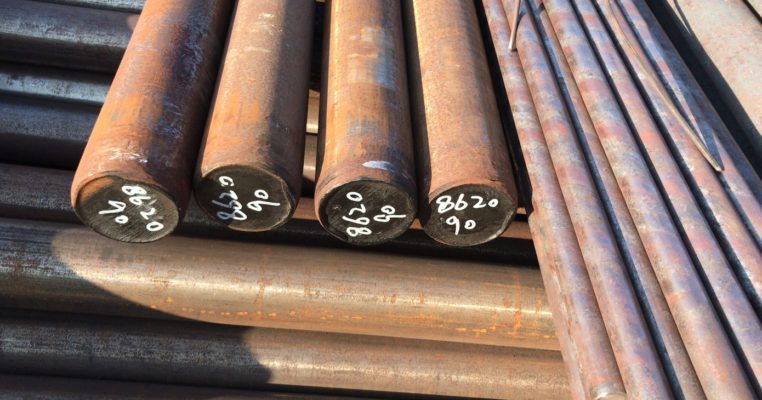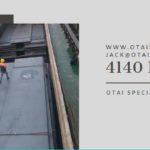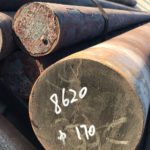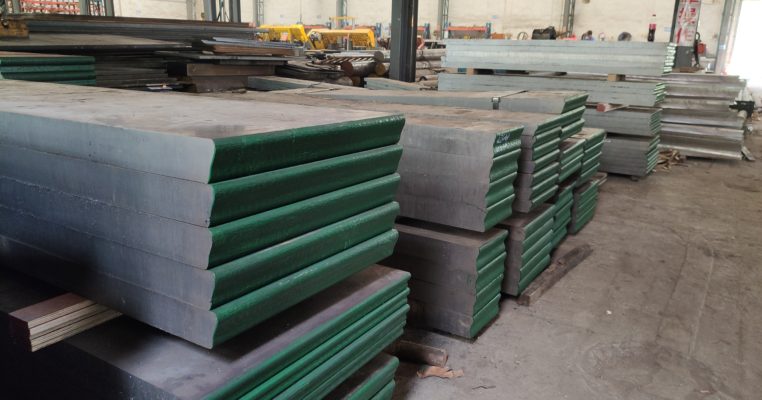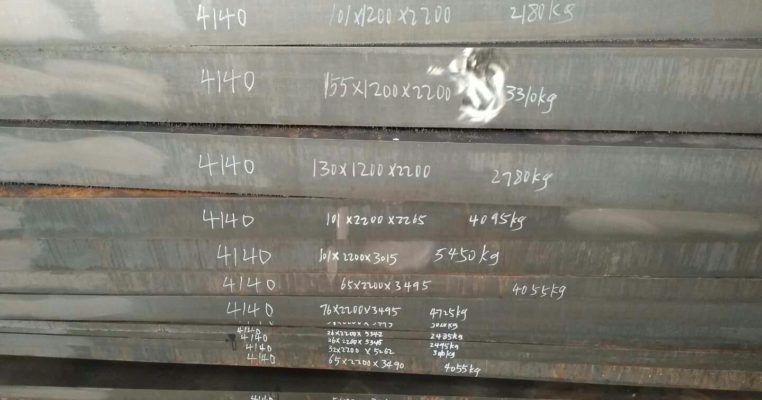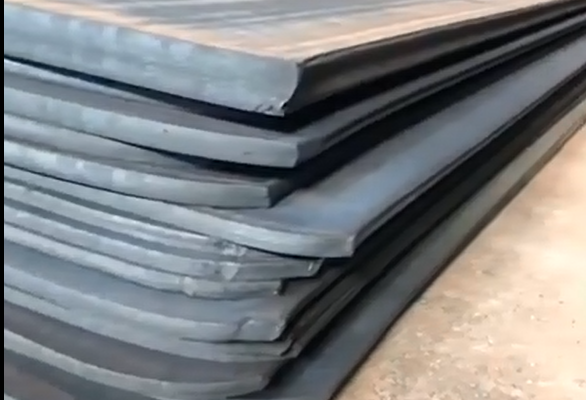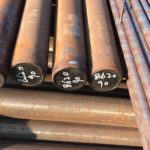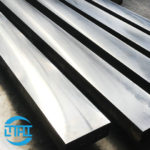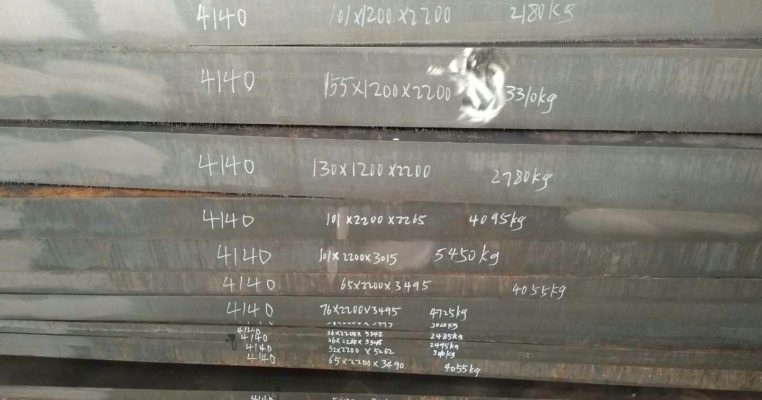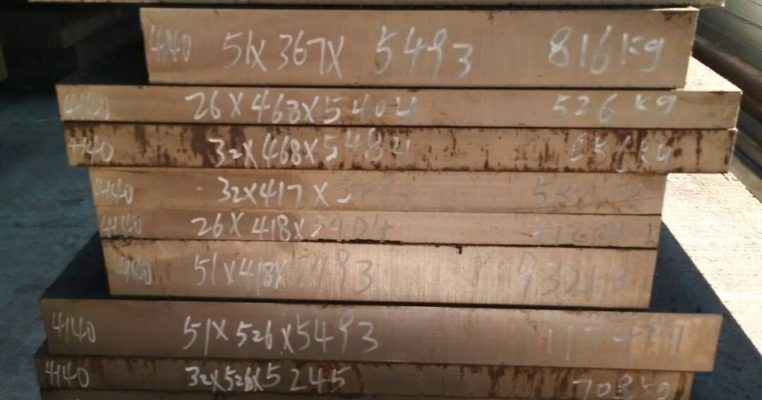Our company promoted the 34CrNiMo6 steel material for the SPECIAL OFFER. The diameter is 35-130mm.
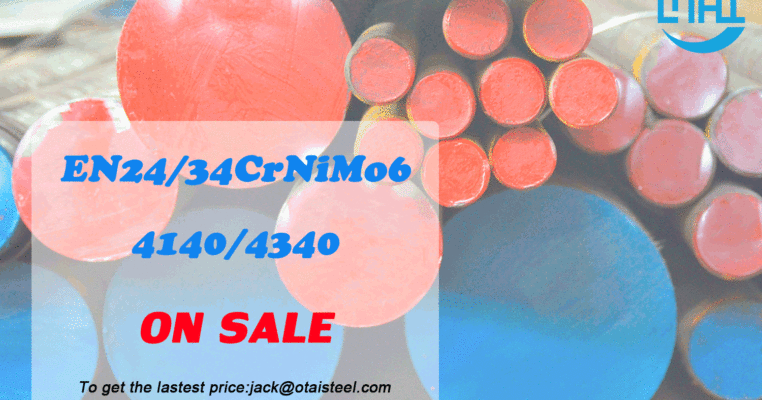
34CrNiMo6 steel after tempering, it is used to make important parts. The parts require good plasticity, high strength and large size. Such as high-load shafts in heavy machinery, steam turbine shafts with a diameter greater than 250mm. It also be used for rotor shafts and blades with operating temperatures exceeding 400°C. In addition, this steel can also be used to make important parts with special performance requirements after nitriding.
Regarding for this steel material, I have the experience to share with you guys, so that you could avoid the cheated by some not reliable suppliers.
Several years ago, I visited a new customer in abroad. And when we talked about the 34CrNiMo6 steel price, his first reaction was your price is too higher than other supplier. In fact, usually for the steel material price, it is very transparent in China steel market. It will be not a very big difference if it is the true material as itself. When he showed me some part info about his contract, I found what was the real reason. And his other supplier wrote the grade name 34CrNiMo6 steel on the contract, but the chemical composition did not match the 34CrNiMo6 exactly. The composition is for 4340 steel! So that supplier supplied the 4340 to him actually instead of 34CrNiMo6. It made the price different.
Therefore, hereby we sincerely have the friendly reminding to our customer friends. Please do not just focus on the price. You have to double check all the details before you sign the order contract. If you are not professional on it, you’d better to find the reliable supplier to cooperate.
Our OTAI Special steel with ISO certified origin from the brand mills in China, produced in a rigorous system and with traceability. We build ties with our customers and brand mills based on the pillars of ethics and transparency. OTAI do not give up honesty and cultivate relationships of loyalty and trust that aim at a prosperous partnership for both.
Tel: 0086-769-23190193
Fax: 0086-769-88705839
Email: jack@otaisteel.com
